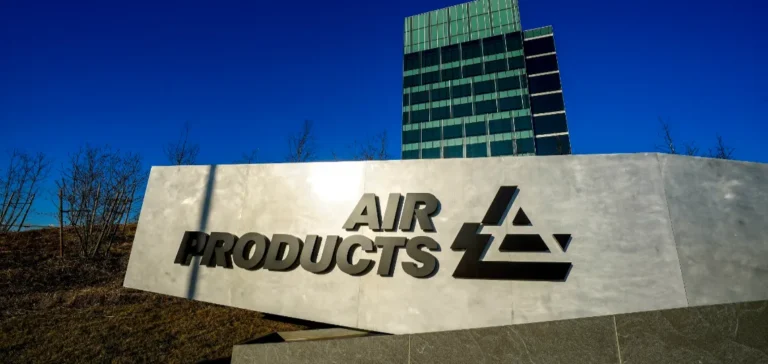Industrial gases producer Air Products posted a net loss of $394mn for the fiscal year ending September 30, compared to net income of $3.83bn the previous year. This result reflects exceptional pre-tax charges of $3.7bn, mainly tied to the discontinuation of non-strategic projects and a global cost reduction programme.
On an adjusted basis, Air Products generated net income of $2.68bn, down 3 % year-on-year. Full-year revenue reached $12.04bn, down 1 %, as lower volumes were partially offset by a 1 % increase in non-helium pricing and a 2 % pass-through of higher energy costs.
Streamlining energy projects and strategic refocus
Air Products undertook a portfolio review, particularly of transition energy assets. Three US-based projects were cancelled, accounting for $2.4bn in write-downs, while other projects in China and global markets were also exited. The company also sold a Singapore-based subsidiary for $104mn, generating a $67mn gain.
“We have refocused our business on high-return industrial gas projects,” said Chief Executive Officer Eduardo Menezes. This shift aims to improve operating margins while maintaining investment in traditional industrial assets.
Quarterly results impacted by one-off costs
In the fourth quarter, the group reported net income of just $4.9mn, compared to $1.95bn a year earlier. Quarterly operating income came to $17mn, versus $2.42bn for the same period in 2024, hit by $795mn in asset impairment charges.
Regional performance was mixed. In Europe, sales rose 8 % driven by higher volumes and non-helium pricing, with an operating margin of 30.1 %. In contrast, the Americas segment saw a 13 % drop in operating profit due to higher maintenance-related expenses. In Asia, revenue remained flat, but margins declined amid weaker helium demand.
2026 outlook and sustained investment
For fiscal 2026, Air Products expects adjusted earnings per share between $12.85 and $13.15, and capital expenditures of approximately $4bn. These figures include the continuation of large-scale industrial gas projects, notably through off-balance sheet joint ventures such as NEOM Green Hydrogen Company.
The group aims to leverage its global footprint and long-term projects with industrial clients. It believes that the measures taken should enable a gradual improvement in margins starting next year.






















